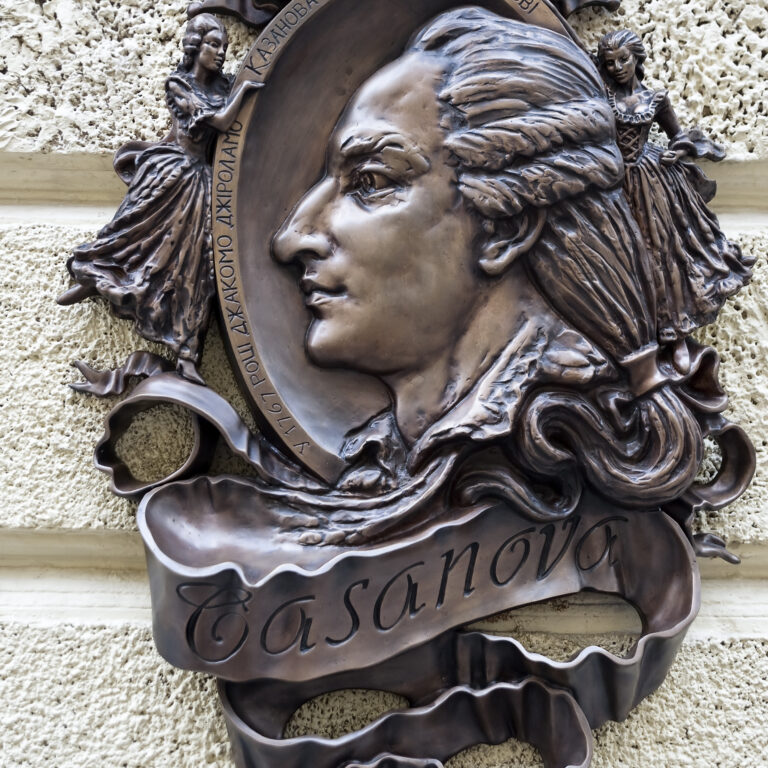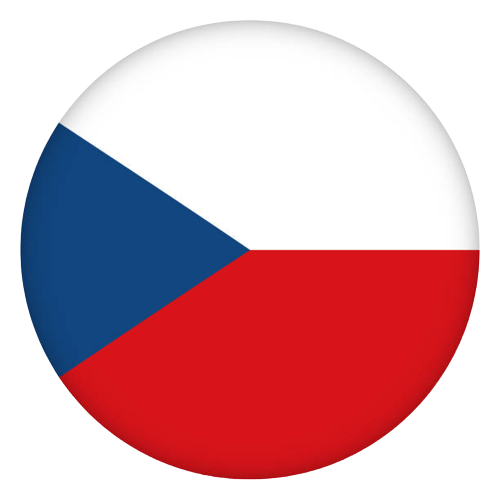Casanova in Prague and at The Mozart
Giacomo Casanova
was an Italian Italian adventurer and author from the Republic of Venice. His autobiography, Histoire de ma vie (Story of My Life), is regarded as one of the most authentic sources of the customs and norms of European social life during the 18th century.

He has become so famous for his often complicated and elaborate affairs with women that his name is now synonymous with “womanizer”. He associated with European royalty, popes, and cardinals, along with the artistic figures Voltaire, Goethe, and Mozart. He spent his last years in the Dux Chateau (Bohemia) as a librarian in Count Waldstein’s household, where he also wrote the story of his life.
He has become so famous for his often complicated and elaborate affairs with women that his name is now synonymous with “womanizer”. He associated with European royalty, popes, and cardinals, along with the artistic figures Voltaire, Goethe, and Mozart. He spent his last years in the Dux Chateau (Bohemia) as a librarian in Count Waldstein’s household, where he also wrote the story of his life.
Casanova at The Mozart
In 1750, at the age of 25, Giacomo Casanova left his hometown Venice for the Grand Tour to visit the largest European capitals. After spending time in Paris, Lyon and Vienna, in 1752 he moved to Dresden, where his mother and sister Maria Maddalena were living.
He then visited Prague for the first time.
Casanova returned to Prague in 1787: he enjoyed the hospitality of the Pachta family in the palace that is now The Mozart.
The Italian adventurer visited Prague, the capital city and principal cultural center of Bohemia, on many occasions. In October 1787, he met Lorenzo da Ponte, the librettist of Wolfgang Amadeus Mozart’s opera Don Giovanni, in Prague at the time of the opera’s first production and likely met the composer, as well, at the same time.
Mozart was a Guest with his wife at Pacha Palace, and even if there is no record of Casanova and Mozart meeting in our palace, we like to think that the two met in the wonderful Baroque courtyard of The Mozart.
In the very same year, Casanova publishes the Icosaméron, ou Histoire d’Édouard et d’Élisabeth : the novel is sponsored by Countess Josefina Malabaila de Canal, wife of Count Pachta. Casanova and the Countess had a friendly, intellectual relationship: for the Countess’ birthday, Casanova wrote a short poem that is visible at the National Library in Prague.
There is reason to believe that he was also in Prague in 1791 for the coronation of Holy Roman Emperor Leopold II as king of Bohemia, an event that included the first production of Mozart’s opera La Clemenza di Tito. Casanova is known to have drafted dialogue suitable for a Don Juan drama at the time of his visit to Prague in 1787, but none of his verses were ever incorporated into Mozart’s opera. His reaction to seeing licentious behavior similar to his own held up to moral scrutiny as it is in Mozart’s opera is not recorded.
